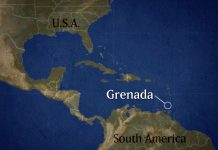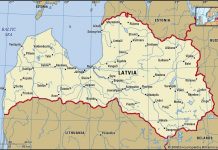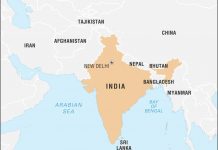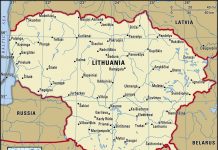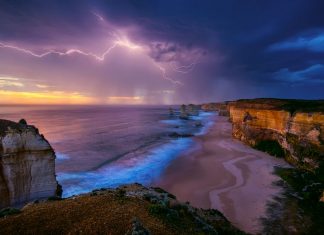Republic of Guatemala
Capital: Guatemala
Area: 108,890 sq. km /42,043 sq. miles
Population: 10,322,000
Population density per sq. km/sq. mile: 195/246
Currency: Quetzal
Ethnic composition
The population consists mainly of two ethnic groups – Indians and Ladinos. The word “la dino” is used to describe all non-Indians, including Europeans, black Africans and Mestizos. The Indians are descendants of the Maya Mountain Indians.
Religion
The majority of the population are Christians, mostly Catholics – 65%, some — 34% – Protestants.
Local and regional authorities
The country is divided into 22 departments, including Guatemala City, whose population ranges from about 100,000 to 1,750,000 people. Each is governed by a governor appointed by the President.
History
Guatemala was the location of an ancient Mayan civilization. Later, in 1524, it became a Spanish colony, but gradually gained independence from Spain in 1821, then from Mexico and in 1827 from the federation of the United Provinces of Central America. The republic was finally founded in 1839. Then it was ruled by a number of dictators until the beginning of the presidency of Juan Jose Arevalo in 1944 and his successor, Colonel Jacobo Arbenz Guzman (1913-1971). The socialist orientation of both entailed reform programs, including the confiscation of large estates and the transfer of land in favor of landless peasants. Arbenz’s idea of nationalizing the plantations of the United Fruit Company in 1954 so worried the United States government that it organized a coup under the leadership of Colonel Carlos Castillo Armas, who then became president.



















